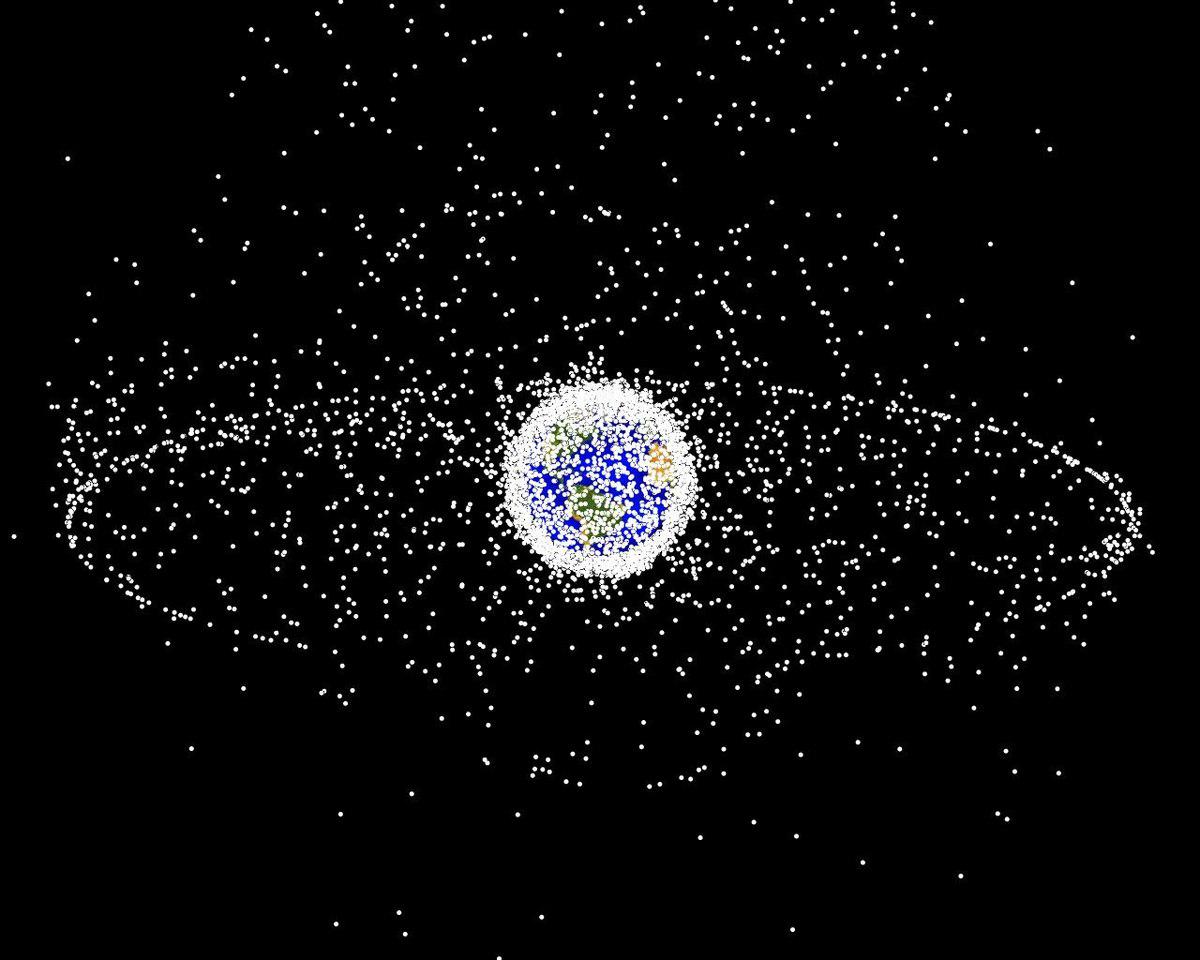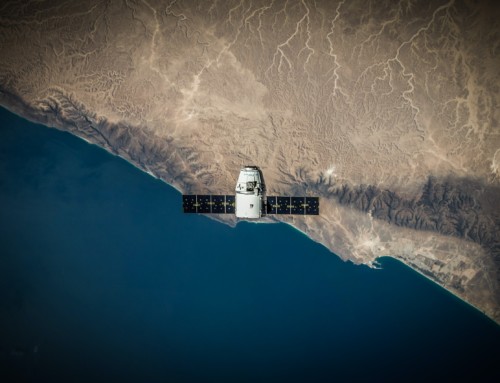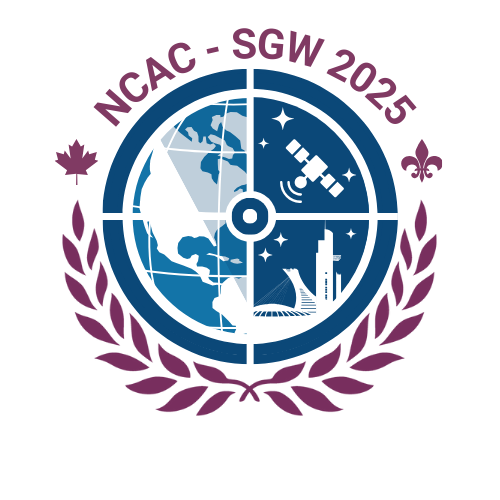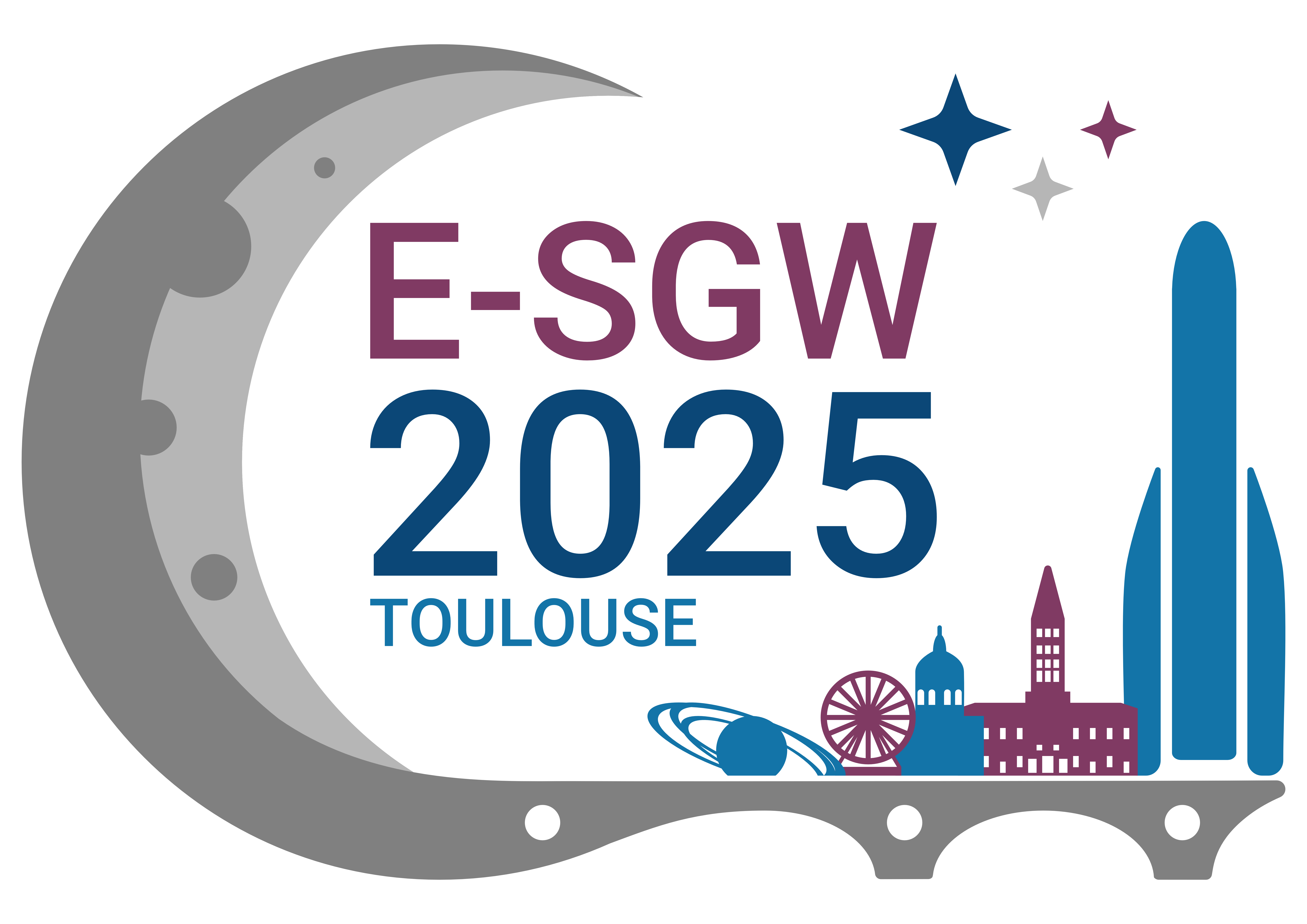NASA’s study concludes that space debris mitigation investments could potentially pay for themselves within a decade.
Credit: Pixabay
On 10 March 2023, NASA published a study into the costs and benefits of orbital debris remediation. NASA cited the importance of sustainability in space for future generations to use and explore the domain as one of the key factors in the decision to undertake this incredibly detailed study.
The findings
One of the often-cited concerns about investments into debris remediation is the huge upfront costs associated with the infrastructure needed and the positive effects of these investments requiring a decades-long waiting game.
NASA concluded on this point that the benefits of investments in space debris mitigation would have almost immediate benefits of removing the risk of larger costs posed by collisions in outer space. NASA cited that a ground-based laser or space laser for non-trackable debris removal would pay for itself in under a decade. An issue with this method highlighted by NASA was the potential for such a laser system to be perceived as an Anti-Satellite weapon; a perception that may be hard to shake. For larger debris, controlled and uncontrolled re-entry using a reusable spacecraft would potentially pay for itself within thirty years. However, NASA also noted that the investment into research and development for such re-entry was not at a stage currently where this method could be utilized.
A final key takeaway from the study is that currently ‘just-in-time collision avoidance’ does not put much of a financial burden upon satellite operators. It is important to note that this conclusion is based only upon the experience of US operators.
What does this mean for decision-makers?
This study is the first step towards clarification on remediation cost estimates on the matter of space debris mitigation. This may incentivize private actors as well as States to make investments in space debris mitigation to receive a net benefit in the forthcoming years. The next steps include a roundtable by NASA with various stakeholders to receive feedback on the results of the study before a second study will be completed with a more detailed analysis and incorporating even smaller space debris.
How does this affect the Space Safety and Sustainability Project Group? – A comment from Clarissa Luk, co-lead of the UN COPUOS Space Debris Compendium Review:
“The need for space debris remediation is clear. On the other hand, the moral and long-term incentive to take action – which requires time, cost, and effort – is too often deficient. This analysis is a positive effort to highlight the economic incentive for investment into a sustainable spacefaring future. Our review has noted some regulators are moving from purposive and ‘light touch’ approaches to include substantial financial consequences for non-compliance with space debris mitigation practices. Together, these can ensure sufficient incentive to make sustainability a paramount concern.”
Authors: Bas Jacobs and Lilith Salisbury





